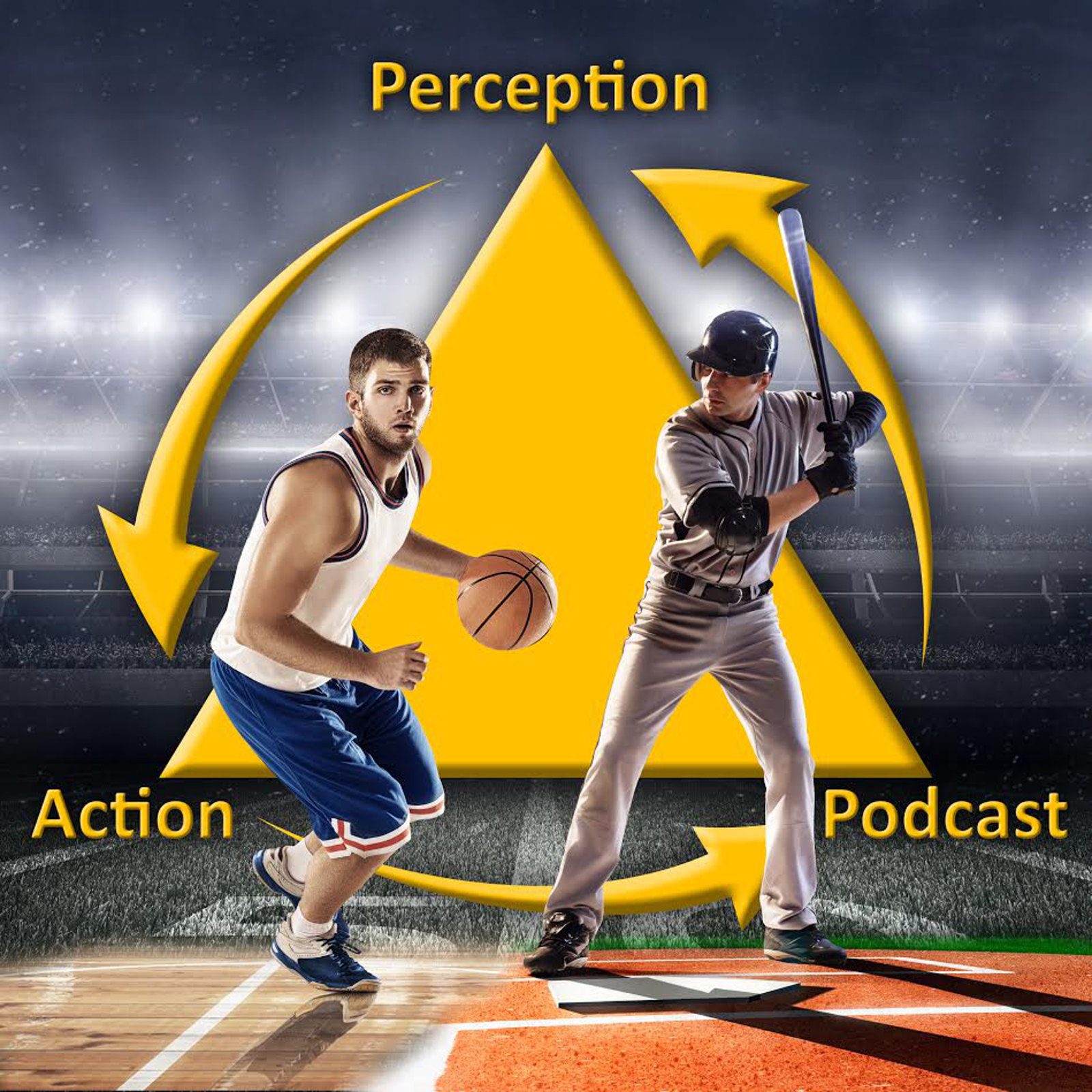Something new and exciting! Daily news briefings delivered to your Amazon Echo! (Notes and a player to listen will also be posted here on the website).
To enable the news briefing on your echo:
Go here: https://www.amazon.com/dp/B08CZ8Y2T2
OR
-From the Alexa app on your phone go to settings by pressing the three little lines in the top left
-Go to Skills & Games
-Search (magnifying glass in top right) for “Skill Acquisition News”
-Click Enable to Use
-Say: “Alexa, what’s my Flash Briefing?” (Note, this will play any other news items you added too).
Briefing Notes:
-The Skill Acquisition News has launched! I’m Rob Gray, professor at Arizona State University and host of the Perception & Action Podcast. In these daily briefings I am going to highlight some new research studies and other interesting developments in this area. If you are a coach, instructor, student, fellow academic or technology developer I hope to short previews of the latest and greatest from the field so you can explore more if you are interested.
– What would you do if you had a 2nd thumb on one hand? In a really interesting new article available as a pre-print, Kieliba and colleagues examined how well people could learn to use this prosthetic device. I think this is a really intriguing way to study motor learning because it is essentially adding degrees of freedom that the performer has to learn to coordinate. One of the more interesting findings for me was how the synergies and coupling between our real fingers and thumb were disrupted and altered by the new thumb.
-I think the new study published by Felton colleagues in Journal of Sport Science is a great example of how biomechanics can be used for individualized optimization of a movement solution. Despite many the claims you might read, we really haven’t reached a stage yet where we can apply biomechanics to effectively improve performance or reduce injury. In this study, the authors used a simulation to identify a change to a cricket bowler’s delivery (specifically, changing the front foot contact phase) which resulted in a 10% increase in pitch release speed, from 79 to 86 mph. Exciting stuff!
-I was very excited to have the P&A Podcast included as part of a fantastic set of resources compiled for teaching motor learning by the North American Society for the Psychology of Sport and Physical Activity, or NASPSA – worst acronym ever! Along with podcasts, this includes computer-based lab exercises, lab assignments and power point slides for lectures. It is a really great resource!
–In an interesting new study published in the Psychology of Sport & Exericse, Robin Jackson show that knowing too much about your opponent ahead of time can actually make you more susceptible to deception. In the study, novice and expert soccer players watched videos of a player attempting to dribble past them on a large screen and were asked to step in the direction they thought they were headed. When the participant knew ahead of time that the opponent had a strong tendency to go in one direction, a step over deceptive tricked them more often. So, too much knowledge can be a bad thing.
-Coming this week on the Perception & Action Podcast, I am going to looking individual differences and intrinsic dynamics. Do we all come to the first session training with same coordination tendencies and do we all learn via the same route? How might individual differences explain why some performers seem to respond better to constraints manipulations and self-organize better than others? How should I coach be taking this into account in practice design. -That’s the latest from the world of skill acquisition. Find links to the articles I mentioned today and learn much more by subscribing to the Perception & Action Podcast at perceptionaction.com. Have a great day and keep ‘em coupled.
